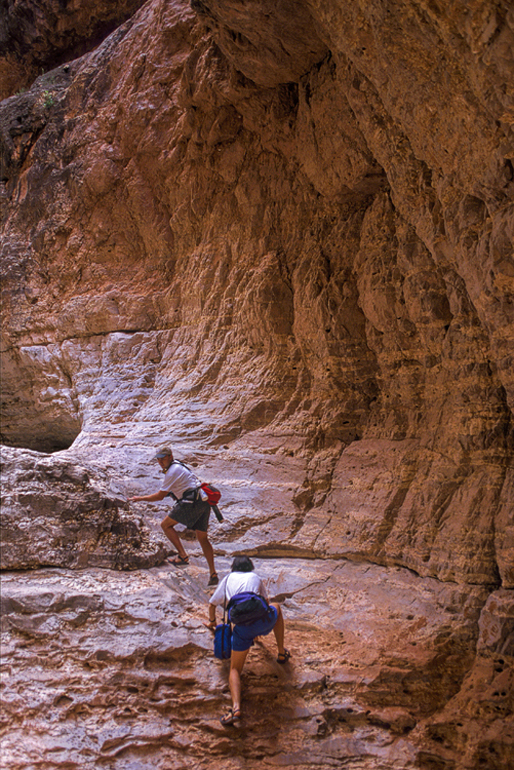
Throughout the 1920's numbers of migrating ducks and geese fell steadily. This in spite of the Migratory Bird Act and the establishment of federal waterfowl refuges, beginning with the Upper Mississippi Wildlife Refuge in 1924. A newfangled concept of habitat loss was proposed as the culprit in this continued decline. Massive tracts of wetlands, where waterfowl breed, were being drained and converted into farmland in the Great Plains. Was there a connection between this loss of wetlands and declining waterfowl numbers?
Aldo Leopold believed there was. Inspired by the ecological wasteland created by man on Grand Canyon's north rim, Leopold devoted himself to the fledgling science of ecology. His methodical studies led to new and landmark theories of game management. Leopold preached the importance of habitat, behavior, food supply, breeding habits, and competition to healthy wildlife populations, all radical notions at the time. In other words species could not be managed without understanding how they interact with their environment. The newfangled science now had a powerful spokesman.
Still most wildlife managers of the day were proponents of the "innocent wildlife" and "cruel predator" concept. Federally funded extermination campaigns against wolf, grizzly, coyote, and cougar were effective, reducing, and in some cases eliminating, populations of these predators from the American West, while prey populations exploded and decimated the environment. Leopold's message, at least initially, was falling on deaf ears.
There were a few bright spots, however. In 1913 William Hornaday, director of the Bronx Zoo, published Our Vanishing Wildlife. This impassioned treatise played a role in saving the American bison and northern fur seal from certain extinction. Hornady blamed unregulated shooting for the rapid decline of game bird and mammal populations, a most unwelcome idea to put it mildly. There was much defiance, the old guard giving ground only grudgingly. But the young turks of conservation would prove just as persistent.